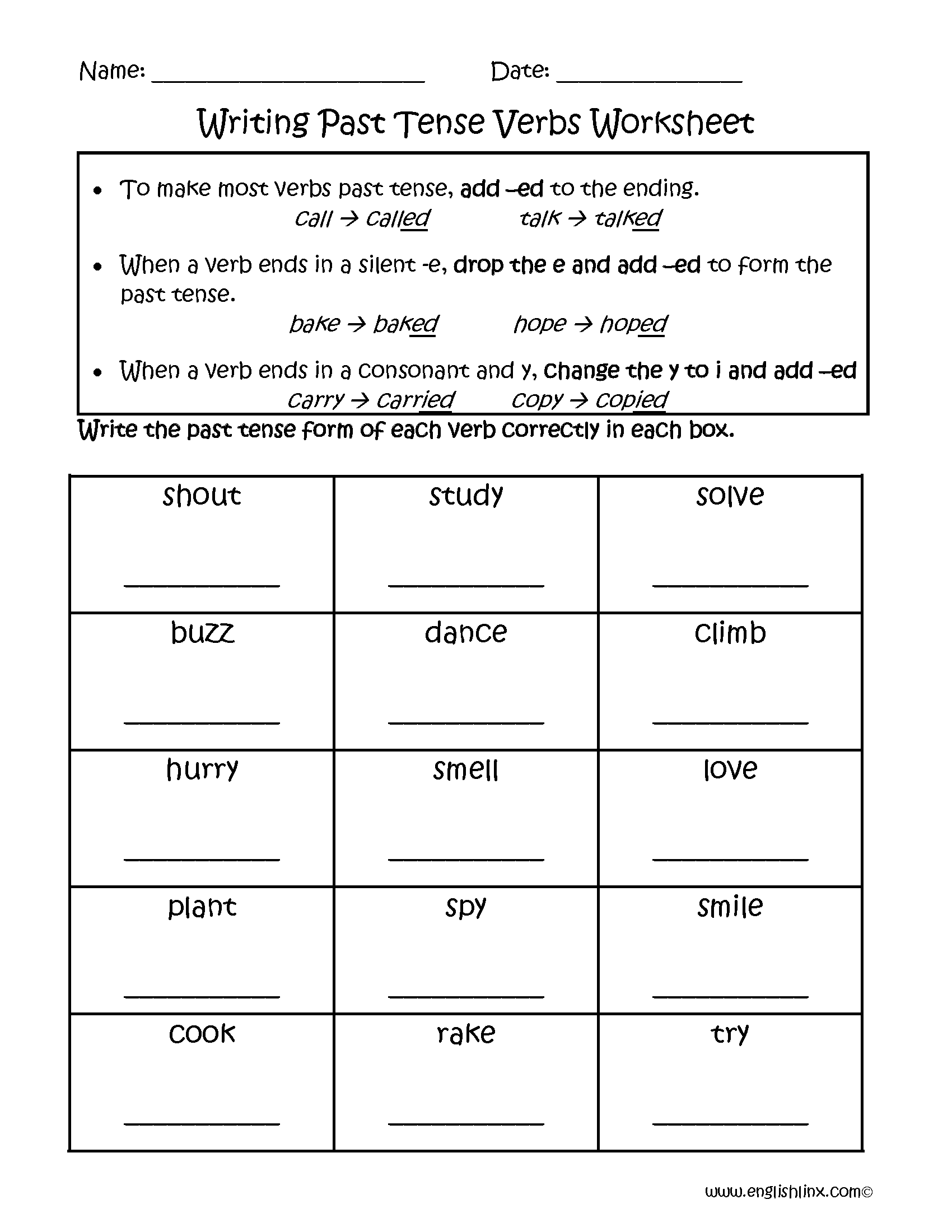Learning the past tense forms of verbs is essential for expressing actions that have already happened. By mastering these verb forms, you can effectively communicate about past events and experiences. Below is a list of common past tense verbs that you can use in your writing and conversations.
Regular past tense verbs are formed by adding “-ed” to the base form of the verb. Here are some examples:
- walked
- talked
- played
- jumped
- laughed
These verbs follow a straightforward pattern, making them easy to conjugate in the past tense.
However, not all past tense verbs follow the regular “-ed” pattern. Irregular verbs have unique past tense forms that do not end in “-ed.” Here are some examples of irregular past tense verbs:
- went
- saw
- ate
- slept
- drove
Irregular past tense verbs require memorization as their forms do not follow a consistent pattern.
Using past tense verbs correctly is crucial for conveying accurate information about past events. Whether you are writing a narrative, recounting a personal experience, or discussing historical events, knowing how to form past tense verbs is essential.
Practice using past tense verbs in sentences to improve your language skills and fluency. The more you engage with these verb forms, the more natural they will become in your speech and writing.
In conclusion, mastering past tense verbs is a fundamental aspect of language learning. By familiarizing yourself with regular and irregular past tense forms, you can effectively communicate about past events and experiences. Use the list provided above as a reference when conjugating verbs in the past tense.
